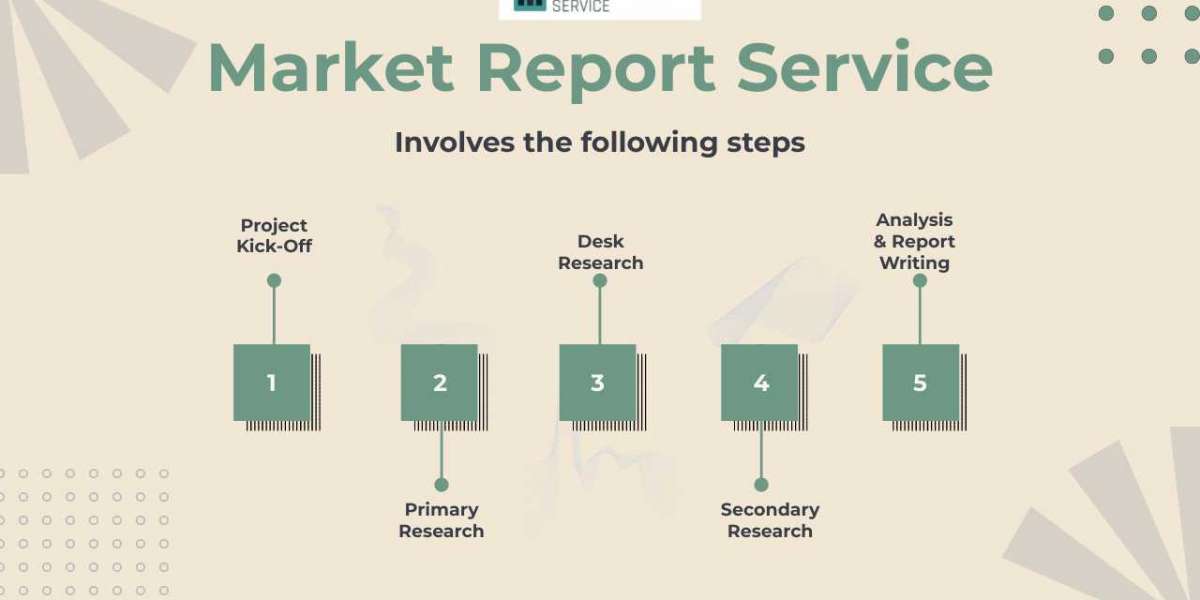The Latin America e-commerce market is a rapidly growing sector that encompasses online retail activities across various industries and product categories. As of 2023, the market is poised to reach a value of approximately USD 92.09 billion. Projections indicate sustained growth in the coming years, with the market estimated to expand at a Compound Annual Growth Rate (CAGR) of 4.3% between 2024 and 2032, ultimately reaching a value of USD 134.51 billion in 2032.
Overview
The Latin America e-commerce market has witnessed significant growth driven by factors such as increasing internet penetration, smartphone adoption, urbanization, and changing consumer preferences. E-commerce platforms offer consumers a convenient and accessible way to shop for a wide range of products and services, including electronics, apparel, groceries, beauty products, and more. Moreover, the COVID-19 pandemic has further accelerated the shift towards online shopping, as lockdowns and social distancing measures prompted consumers to turn to e-commerce for their purchasing needs.
Market Dynamics
- Growing Internet Penetration: Latin America has experienced a surge in internet penetration rates, particularly in urban areas, fueled by improved infrastructure and affordable mobile devices. This widespread internet connectivity has enabled more consumers to access e-commerce platforms and make online purchases from the comfort of their homes or on the go.
- Rising Smartphone Adoption: The proliferation of smartphones has played a crucial role in driving e-commerce growth in Latin America. Mobile devices have become the primary means of accessing the internet for many consumers, allowing them to browse online stores, compare prices, and make purchases conveniently through e-commerce apps or mobile-responsive websites.
- Expanding Product Offerings: E-commerce platforms in Latin America are diversifying their product offerings to cater to evolving consumer demands. In addition to traditional retail categories such as electronics and apparel, e-commerce sites now feature a wide range of products, including groceries, home goods, health and beauty items, and even services such as travel bookings and online education.
- Logistics and Payment Solutions: Improvements in logistics infrastructure and payment solutions have facilitated the growth of e-commerce in Latin America. E-commerce companies are investing in last-mile delivery networks, fulfillment centers, and innovative payment technologies to enhance the shopping experience and overcome logistical challenges such as delivery delays and payment security concerns.
Market Segmentation
The Latin America e-commerce market can be segmented based on various factors, including:
Product Category:
- Consumer Electronics
- Fashion and Apparel
- Beauty and Personal Care
- Food and Groceries
- Home and Furniture
- Travel and Hospitality
- Others
Sales Channel:
- Business-to-Consumer (B2C)
- Business-to-Business (B2B)
- Consumer-to-Consumer (C2C)
- Mobile Commerce (M-commerce)
Geographic Region:
- Brazil
- Mexico
- Argentina
- Chile
- Colombia
- Peru
- Rest of Latin America
Future Outlook
The future outlook for the Latin America e-commerce market is highly optimistic, driven by continued digitalization, urbanization, and consumer adoption of online shopping. E-commerce companies are expected to invest in technology, customer service, and marketing initiatives to capture a larger share of the market and capitalize on emerging trends such as omnichannel retailing, social commerce, and cross-border e-commerce.



